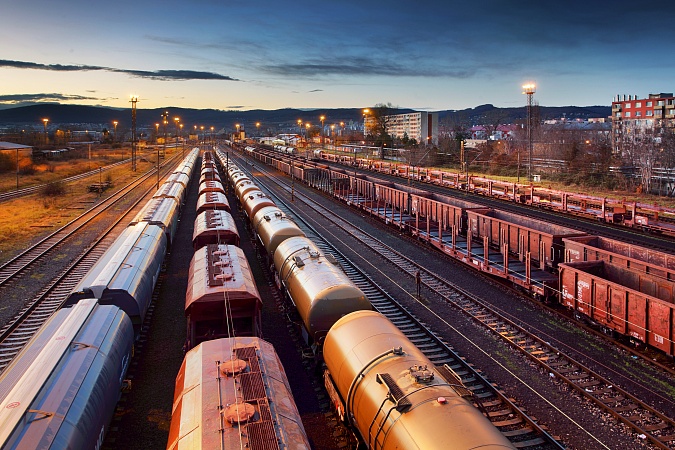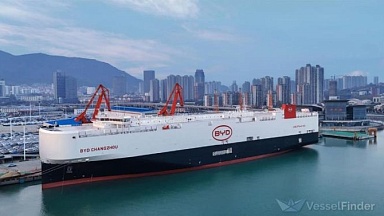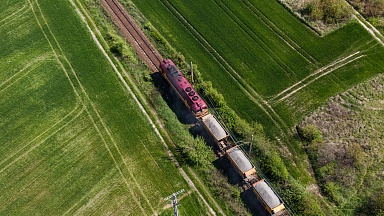Shippers are being warned to prepare for higher bunker adjustment factors on top of already high freight rates as carriers seek to claw back rising fuel costs.
«Bunker fuel prices are impacted by the increasing energy costs globally and the recent escalations will also have an impact on rates in the coming months,» said Sea-Intelligence chief executive Alan Murphy.
Fuel prices dropped sharply at the beginning of the pandemic as global demand slowed. This coincided with the introduction of the International Maritime Organization’s new sulphur rules in 2020 regulations and took the sting out of the tail as the mandate to use either scrubbers or low-sulphur fuel was introduced.
Since the initial shock, however, the price of fuel has rebounded and now sits at levels not seen for several years, with IFO380 bunker fuel now back over $530 per tonne.
For vessels without scrubbers that require VLSFO, the cost has increased to $630 per tonne.
«The recent price increases have led to VLSFO fuel prices now rivalling the situation in late 2019 and early 2020, where the supply chain issues related to IMO2020 phase-in caused a temporary fuel price spike,» Mr Murphy said.
Nevertheless, the price premium between low- and high-sulphur fuel had remained steady at around $100 per tonne since early 2021, indicating that the price rises were «endemic» and based on underlying increases in the price of oil.
«This in turn also means that the relative advantage of having scrubbers and buying IFO380, versus not investing in scrubbers and buying VLSFO, have not changed materially throughout 2021,» he said.
There are, however, regional variations in the cost of bunkers, particularly for low-sulphur fuel. Larger bunkering ports were able to offer a discount of around $20 per tonne over their smaller rivals.
This was not the case with IFO380, indicating that pandemic-related supply chain issues were affecting the bunkering sector as well.
«In essence, the conclusion is very clear» said Mr Murphy. «Bunker fuel prices have increased sharply, and the increase prevails across both IFO380 and VLSFO.»
It did not matter whether vessels used scrubbers or more expensive VLSFO, he added.
«All container transportation is subjected to a sharp increase. This in turn means that we will shortly begin to see an escalation in bunker surcharges apply across all trades, in turn adding more pressure to an already very high freight rate environment.»



